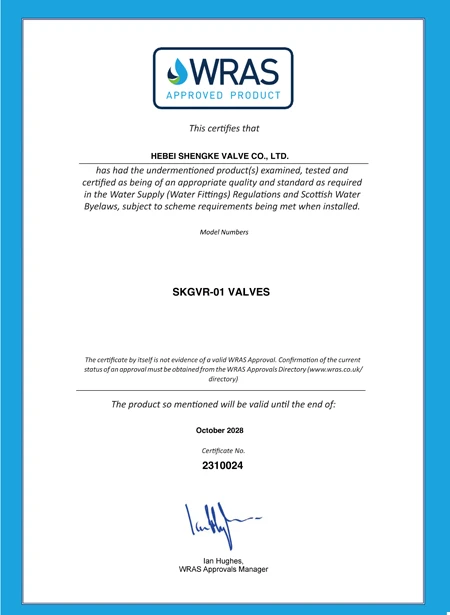Nov . 18, 2024 09:25 Back to list
Understanding the Functionality and Applications of Gate Valves in Various Industries
Understanding Gate Valves An Essential Component in Fluid Control
Gate valves are integral components in various industrial applications, serving a crucial role in controlling the flow of fluids within pipelines. These valves are designed to be fully opened or fully closed, ensuring a straight-line flow of fluid with minimal pressure drop. This article delves into the construction, operation, advantages, and applications of gate valves, highlighting their significance in fluid control systems.
At its core, a gate valve consists of a valve body, a gate (or wedge), and a set of actuating mechanisms, such as handwheels or electric actuators. The design typically features either a rising or non-rising stem, allowing the gate to be raised or lowered to open or close the valve. When the valve is fully open, the gate is lifted completely out of the fluid path, ensuring an unobstructed flow. Conversely, when the valve is closed, the gate seals against the valve seat, preventing any fluid passage.
One of the primary advantages of gate valves is their ability to provide a tight seal, which is essential in preventing leaks in high-pressure applications. Furthermore, the design of gate valves minimizes turbulence within the pipeline, reducing potential erosion and wear on the valve and piping system. Because they can be either manual or automated, gate valves offer flexibility and convenience, easily integrating into modern automated fluid control systems.
gate valve

Gate valves are commonly used in various industries, including oil and gas, water treatment, power generation, and chemical manufacturing. In oil and gas, they handle the flow of crude oil, natural gas, and various other fluids in pipeline systems. In water treatment, gate valves control the flow of water through treatment processes, ensuring efficient operation. Likewise, in power plants, they regulate cooling water or steam flow, playing an indispensable role in maintaining operational efficiency.
Despite their numerous advantages, gate valves do have some limitations. They are not ideal for throttling applications, as partially opened gate valves can lead to vibration and damage. Additionally, gate valves require significant space for operation due to the stem's vertical movement. For applications where flow regulation is critical, other valve types, such as globe valves, may be more suitable.
In conclusion, gate valves are vital components in fluid control systems, known for their robust design and reliable performance. With the ability to provide a tight seal and facilitate unobstructed flow, they are essential in numerous industrial applications. Although they may not be suitable for all scenarios, understanding the role and functionality of gate valves can aid engineers and technicians in selecting the appropriate valve for their specific needs. As industries continue to evolve, gate valves will remain a foundational element in the management of fluid systems, underscoring their enduring significance in technology and engineering.
Share
-
Reliable Wafer Type Butterfly Valves for Every IndustryNewsJul.25,2025
-
Reliable Flow Control Begins with the Right Ball Check ValveNewsJul.25,2025
-
Precision Flow Control Starts with Quality ValvesNewsJul.25,2025
-
Industrial Flow Control ReliabilityNewsJul.25,2025
-
Engineered for Efficiency Gate Valves That Power Industrial PerformanceNewsJul.25,2025
-
Empowering Infrastructure Through Quality ManufacturingNewsJul.25,2025